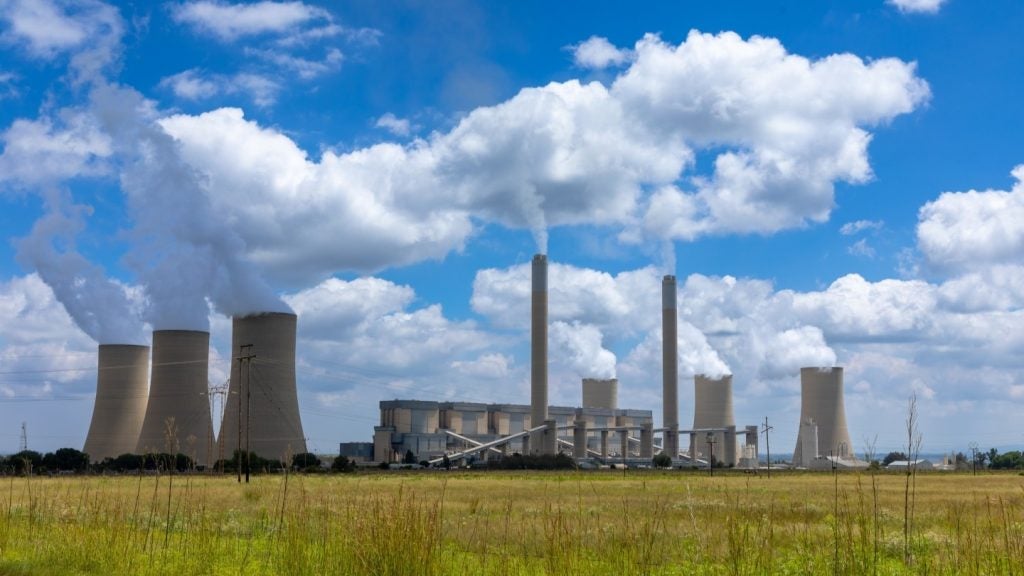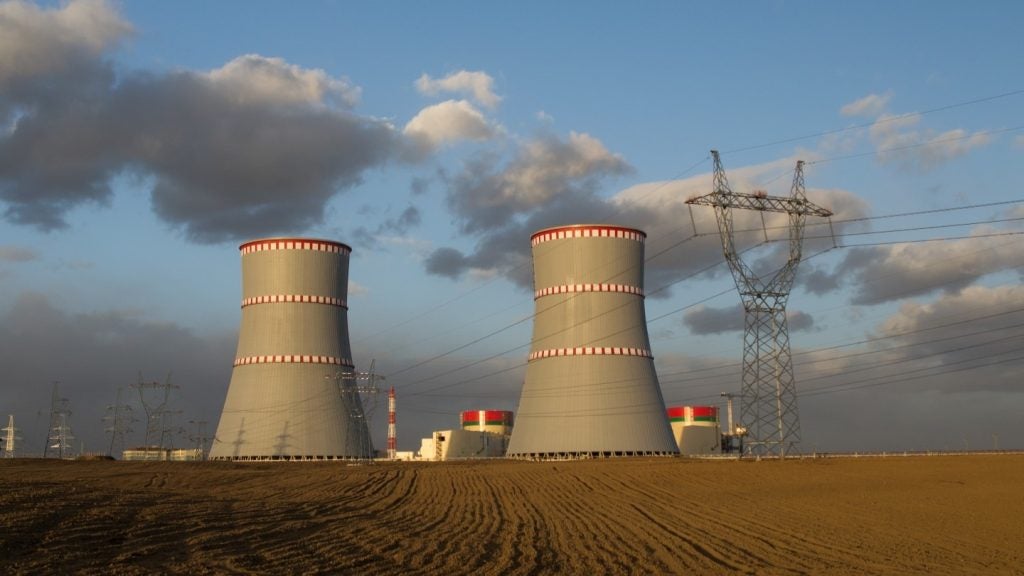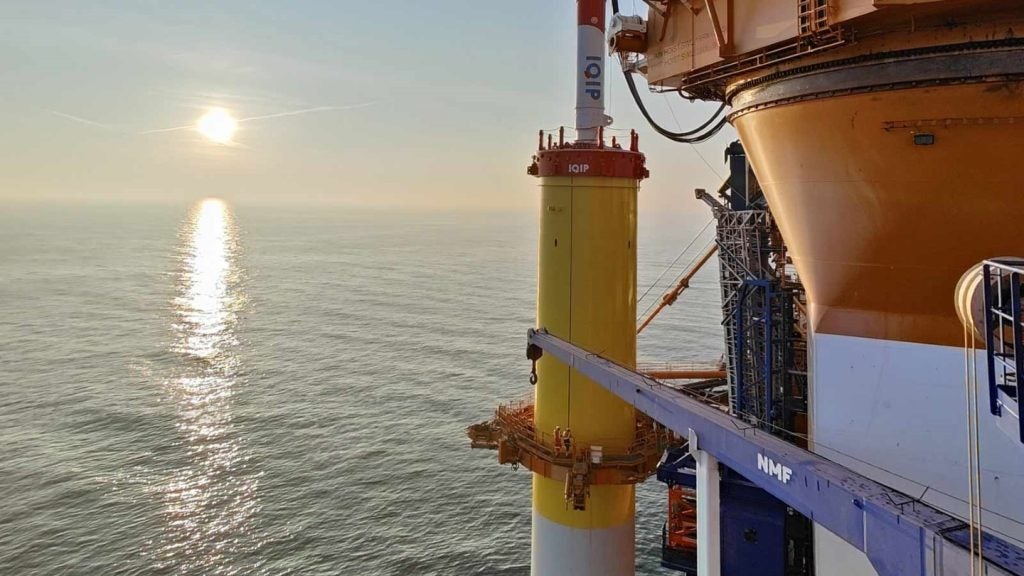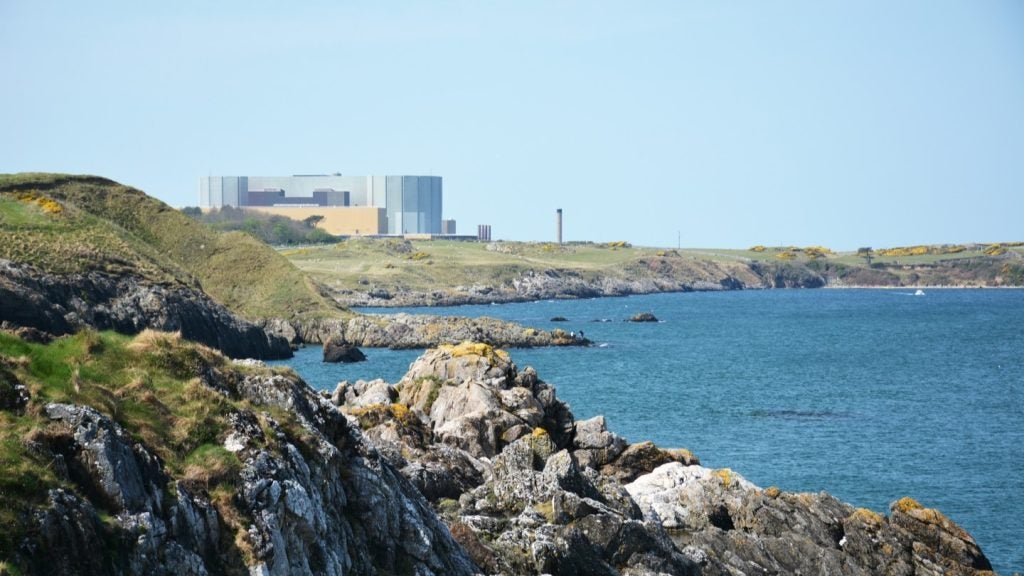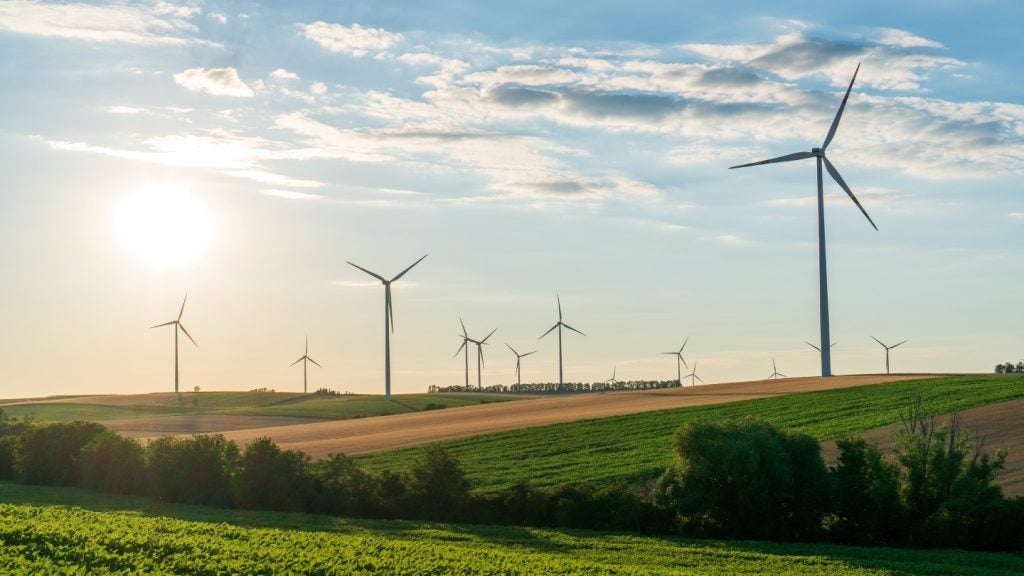South Africa's state-owned power utility Eskom has announced plans to operate certain coal-fired power plants beyond their scheduled retirement dates.
The extension, lasting until at least 2030, is intended to safeguard the national power grid from vulnerability and affects at least three stations.
Bloomberg quoted Eskom CEO Dan Marokane as saying: “We’ll continue some of our coal operations that were earmarked for shutting down. We’ll review that process on shorter time intervals going to 2030, but we’ll place ourselves in a position where we are not made vulnerable by early shutting down of those stations.”
The country has experienced frequent blackouts affecting economic growth due to an unreliable power system.
Eskom's move is in response to the challenges of generating reliable power while transitioning from coal, which currently powers more than 80% of the country, to cleaner energy sources.
South Africa has committed to reducing its carbon emissions and has entered the Just Energy Transition Partnership, securing an $8.5bn agreement with wealthy nations for support in moving away from coal.
But economic strain has made it difficult to decommission old coal plants as quickly as planned, leading to the utility’s decision to delay the closure of the Camden, Grootvlei and Hendrina (CGH) stations.
Reuters quoted Dan Marokane: “There are some concerns with regards to how our strategy will impact some of the commitments that government has made and also how it will affect some of the funding that was earmarked for these initiatives.”
“We have spoken to [partners], we’ve engaged with them and explained our rationale and the need for tactical cost adjustment and they’ve all understood this.”
Improving the energy availability factor at aging coal stations is a critical part of Eskom's strategy to improve its power supply.
The company has explained the technical and economic challenges of decommissioning the CGH stations within the original timeframe.
It is in discussions with the government to secure $21bn in public and private funding, according to OilPrice.com.
The investment will support a significant expansion of the power grid, accommodating the anticipated increase in renewable energy.
The planned infrastructure includes 9,000 miles (14,484km) of new power lines up to 2033 - a substantial increase from the past decade's installations.


